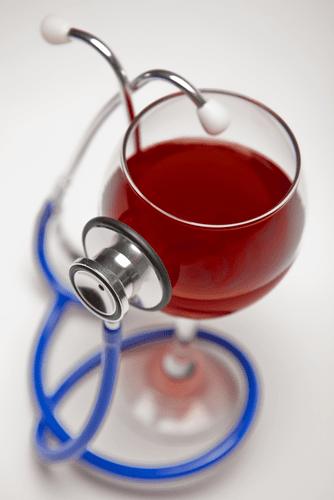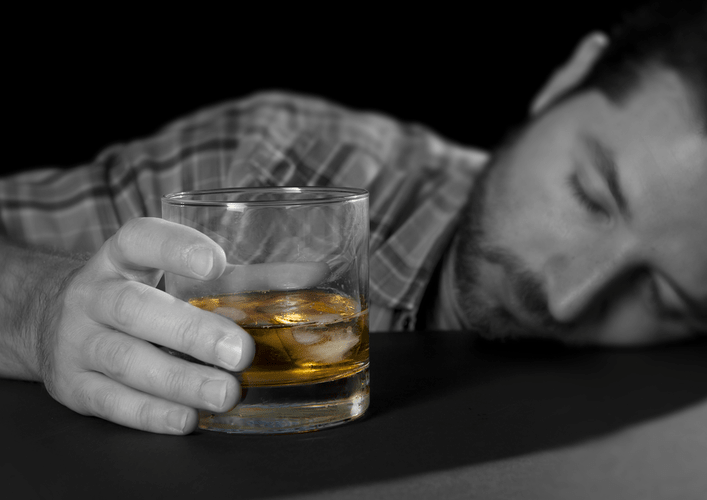One group has suggested that AAS dependence may develop via any or all of 3 different pathways, namely a body image pathway, a neuroendocrine pathway, and a hedonic pathway (241). The administration of testosterone propionate has been shown to significantly increase aggressive behavior in cynomolgus monkeys (225); similar observations were later recorded in rodents. The type of aggression, which we record in our experimental animal models, is characterized as defensive aggression, measured by means of specific approaches to provoke the animals. Chronic exposure to testosterone has also been shown to increase male aggressive response patterns without altering the male sexual behavior or body weight (226). Additional studies have confirmed that high doses of AASs could elicit aggressive behavior in both rats and hamsters (82, 227,–230).
Drug abuse in athletes

One recommendation for future research is to examine strategies for disseminating different types of empirically supported interventions to athletes, particularly those that are low cost (e.g., personalized feedback interventions delivered electronically). A second research direction could involve examining the efficacy of environmental interventions at more local https://www.megapolis.org/turizm/20140701-07.html levels, such as team-specific strategies designed to limit alcohol and drug use. A third direction involves more research focused on substances besides alcohol, particularly in terms of intervention studies. Finally, researchers could consider exploring strategies for targeting/tailoring existing interventions to be more efficacious specifically among athletes.
What should I do if I need to take medicine for a health reason?
- The use of Performance-enhancing Drugs (PEDs) may have long- and short-term impacts on the athlete’s physical and mental health.
- Formal testing for the presence of certain drugs, particularly during an athlete’s competitive season, is another factor that almost certainly impacts drug use among these groups.
- Since 2014 ABPs also include a steroidal module, which monitors selected urinary steroid concentrations over time to monitor for potential steroid doping.
- Commercially available pre-activated columns have been tested for their efficacy and the best choice should depend on the characteristics of the matrix and on the expected composition of the sample [reviewed by Ventura and Segura in 1996 (Ventura and Segura, 1996)].
Many sports organizations have banned the use of performance-enhancing drugs and have very strict rules and penalties for people who are caught using them. The International Amateur Athletic Federation, now World Athletics, was the first international governing body of sport to take the situation seriously. One model has called for a partial change to anti-doping by relaxing http://malchish.org/index.php?option=com_content&task=view&id=16&Itemid=35 current rules to allow for harm reduction to be introduced. This model goes beyond the others to include several levels of ethical concern (self, other, play, display, humanity) and acknowledges the complex reality of implementing changes to the existing system. These latter models offer specific recommendations for how sports policy may adapt to allow for harm reduction.

What are the effects of taking drugs? Australian Government Department of Health and Aged Care
Human GH is a metabolic hormone in adults with fused epiphyses of the long bones. Most of these findings of hGH deficiency are reversed by recombinant hGH (rhGH) replacement, although restoration may take months to a few years and might not be complete (367). In addition to rhGH, GH-releasing peptides, ghrelin mimetics, and other growth factors are now available on the Internet, although we do not have data on the prevalence of their use. Steroid-induced alterations in opioid peptides in the brain reward system may explain the increased sensitivity to alcohol (82). Additional studies have reported increased sensitivity to cocaine (84) and amphetamine (85) in rats exposed to high doses of AAS.
Alcohol Use Disorder in Australia Ausmed
- Although our discussion has involved primarily field studies of illicit AAS users, some controlled laboratory studies have also examined the psychiatric effects of AAS.
- Diuretic use for the masking of other prohibited substances remains a serious problem, however.
- This article is an extension of the British Journal of Pharmacology special themed issue, Drugs in Sport (McGrath and Cowan, 2008).
- A positive test result would consist of too dramatic a change from the established individual baseline.
They argued in favour of expanding harm reduction services and taking account of the range of contextual factors that impact use practices (Hanley Santos & Coomber, 2017). For its consideration of harm reduction and service interventions, this does not directly examine the sport enabling environment. As such, we so far have little understanding of enabling factors in sport, how enabling environments are created and maintained, or how these environments are co-constituted with risk environments. As suggested by Rhodes (2009) drug harms are https://www.holidaybookr.com/StPetersburg/ shaped by risk environments and a risk environment framework can therefore promote an improved understanding of harm, and harm reduction, as a matter of ‘contingent causation’ (p. 193). Risk environments can, broadly, be understood as the ‘space – whether social or physical – in which a variety of factors interact to increase the chances of drug related harms’ (Rhodes, 2002, p.91). Substance use research and policies have historically tended to focus on the individual and individual responsibility for risky behaviours (Rhodes, 2009).
- This resulted in the creation of methandrostenolone, which appeared on the market in 1960 under the brand name Dianabol.
- Growth hormone is produced naturally by the pituitary gland, a pea-sized organ attached to the base of the brain, but the production of growth hormone does decline with age.
- As anti-doping policies and testing measures were put in place and enforcement increased, athletes, clubs, teams, and even countries responded by instituting systems underpinned by secrecy that would enable doping use to continue while simultaneously reducing the risk of harms to all involved.
- However, there have now been 4 additional laboratory studies that have assessed psychiatric symptoms in individuals receiving the equivalent of at least 500 mg of testosterone per week (95, 195, 218,–220).
- The rats treated with AASs exhibited enhanced dominant behavior in the competition test compared with controls.
- This study found that the structure of employment and working conditions could be addressed in ways to reduce risk as a preventative measure against doping.

A Therapeutic Use Exemption allows an athlete to use an otherwise banned substance. Depressants such as cannabis reduce your motor activity so it’s hard to co-ordinate your movements during sport. Stimulants increase your movements so you are more likely to injure yourself during sport. Cocaine at higher doses can act as an anaesthetic so you can’t feel pain and may play on after an injury, causing even more damage. As mentioned above, derivatization is necessary prior to GC/MS analysis as most diuretics are not sufficiently volatile, lipophilic or thermally stable to be directly assayed with this analytical technique.


Lascia un commento